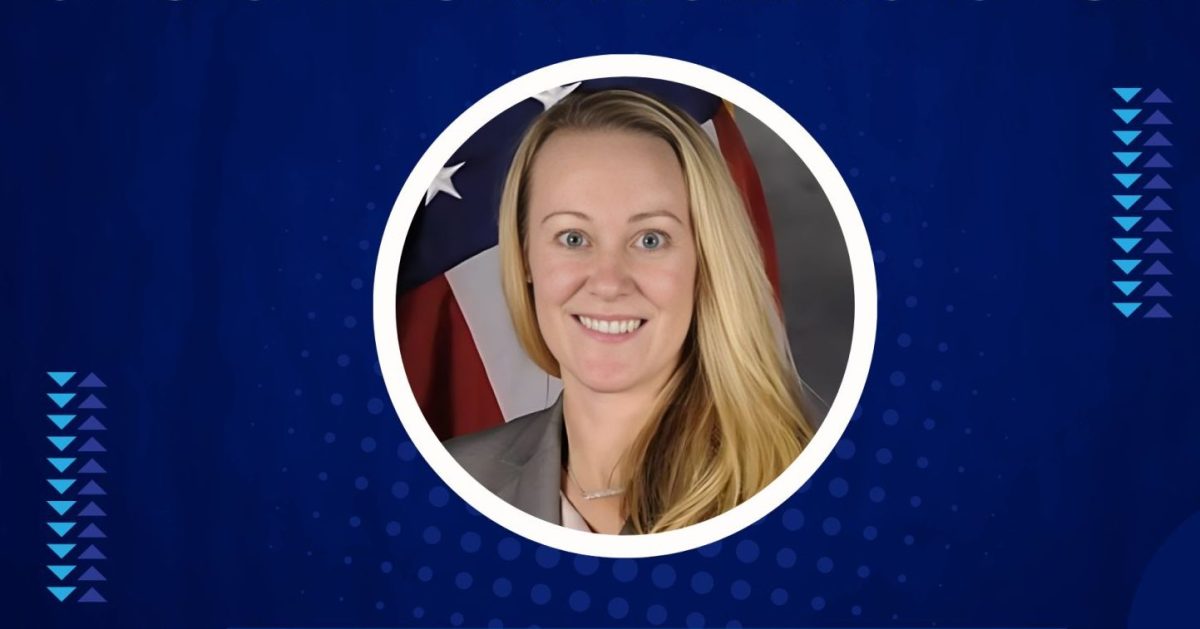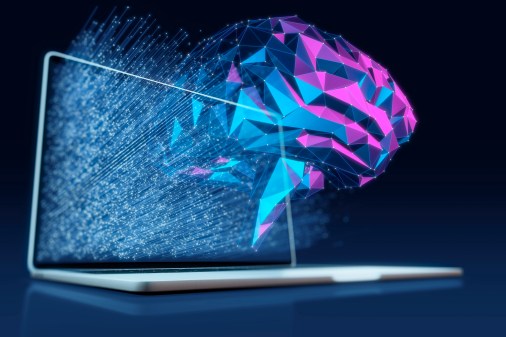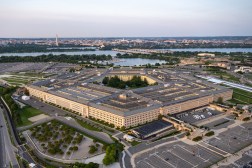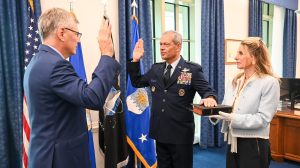Air Force names Susan Davenport as new chief data and AI officer

The Department of the Air Force has tapped Susan Davenport to serve as its chief data and artificial intelligence officer, the organization announced Tuesday.
Davenport will take over responsibilities from Chandra Donelson, who has been the DAF’s acting CDAO since April while also maintaining her role as the Space Force’s data and AI officer. Prior to that, Eileen Vidrine served as the DAF CDAO from January 2023 until her retirement earlier this year in March.
In a LinkedIn post announcing her appointment, the Department of the Air Force’s Chief Information Office said Davenport’s “expertise driving innovation and managing complex programs will be instrumental in shaping the future of Data and AI for the Air Force and the Space Force.”
Davenport has over three decades of experience working in government, including several roles at the National Reconnaissance Office and the Air Force. Most recently, she was the senior advisor for defense innovation at the Secretary of the Air Force’s office for concepts development and management.
As CDAO for both the Air and Space Forces, Davenport is responsible for ensuring the department is “AI-ready” by 2025 and “AI-competitive” by 2027, as well as promoting the ethical use of artificial intelligence and related technologies. She will also be tasked with developing and implementing enterprise data management, analytics and digital transformation strategies that will improve the DAF’s performance initiatives.
Across the Pentagon, the military services and department offices are looking to harness AI for a range of activities — from day-to-day tasks to tactical operations. Specifically, the Department of the Air Force CIO has recently made a number of new AI-enabled tools available to personnel for experimentation through its DAF AI Launch Point and AI Exchange App Store.
Among those tools is NIPRGPT — a generative AI chatbot hosted on the Non-classified Internet Protocol Router Network (NIPRNet). Released in June in collaboration with the Air Force Research Laboratory, the experimental platform allows officials to test different large language models and learn how they can be used in real-world scenarios.






